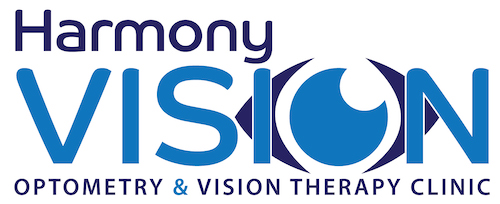TV or no TV?
TV or no TV? It’s a debate that has been around for decades, and surely we’ve heard it all before? We agree we should be limiting our children’s exposure to television. Yet, it seems that many are ignoring this advice. Studies show that children over 2 years are watching 20% more TV than they were 10 years ago. TV has been linked with increasing obesity, violence and loss of impulse control. But if this is not enough to limit television watching, then what is? Why do we find it so addictive and what is it doing to our children’s brains?
What is it about TV that is so appealing?
At this point, I must admit that first and foremost I am a mother, and I am human. I understand the effects of television yet my children do sometimes watch it. Why? Well, because there are times when I just need an uninterrupted 45 minutes to get dinner ready, fold washing and clean the bathroom! And I think for parents, that’s just it. TV is an amazing babysitter! For children, the appeal is a little more concerning. When watching TV, brain activity shifts from higher brain regions towards the lower (limbic) regions. These lower areas are responsible for basic consciousness and urge us seek out things that are pleasurable, warm or protective. In addition, the right side of our brain becomes more active than the left when watching television. This crossover releases endorphins which make us feel good, and can be habit forming or addictive.
If TV makes us feel good, then why is it so bad?
Studies show that too much activity in the lower brain region actually causes atrophy of the higher brain regions. Television also reduces our ability to rationally understand information, leaving us to react emotionally, without thinking. This is because the left hemisphere (which becomes less active) is responsible for analysing, organising and interpreting information. Complex thinking or reasoning relies on activity in multiple areas of brain that is almost “chaotic”, but is necessary for comprehension and the formation of complex ideas (the kind of activity you want your child to use at school). Television for some reason slows this brain activity so we become “unfocussed”, entering an alpha brain wave state. Neurologically, this is similar to staring at a blank wall. In young children, for each hour of TV watched, the likelihood of an attentional problem increases by 10 percent. A preschooler for example who watches 3 hours of TV a day is 30% more likely to have attention problems. Current research is looking at the effect of TV on school performance and early work implies that it reduces reading scores and language acquisition.
As an optometrist who works with visually-related learning and attention difficulties, I often wonder about the impact of television on children’s visual development. Vision is more than clear sight and is a process that occurs in the brain, not just in the eyes. I often see children who haven’t developed the necessary eye movements for tracking or visual processing expected for their age, necessary for efficient functioning in a classroom. Unfortunately, we don’t yet know how much this is linked to TV, but here are my thoughts. TV or screen based devices are 2-dimensional. Good visual developmental relies on movement and experiencing visual space in 3-dimensions. Put simply, if it doesn’t get into the muscles, it doesn’t get into the brain! Sensory development relies on experiencing the real world. Language is also not just spoken and heard. Sending and receiving nonverbal communication such facial expressions, eye contact, touching and other body language are skills that take years to develop and perfect. Kids can’t get much practice interpreting these when watching TV or game consoles.
So what should we take away from all this?
Do we sell up our TVs and listen to the radio? John Medina in his book Brain Rules for Baby has some sensible advice:
- Try to keep the TV off before age 2 (as recommended by The American Association of Paediatrics)
- After age 2, encourage intelligent interaction, which is limited to 1-2 hours of educational screen media per day.
- Watch chosen TV shows with your child, and interact with them about their experiences. Help them to analyse and interpret what they have just watched.
- Do not place a TV in your child’s room.
- Do not underestimate the value of “open-ended play”. Give your children free time to use their imagination and make it up as they go along.
Studies show this type of free play allows children to be more creative, better at language, better at problem solving and less stressed. So it seems the benefits of striking the right balance sound pretty good!
References cited:
- John Medina Brain Rules for Baby 2010 Pear Press Seattle
- John Medina Brain Rules 2008 Pear Press, Seattle.
- Zero to Six ELECTRONIC MEDIA IN THE LIVES OF INFANTS, TODDLERS AND PRESCHOOLERS, Fall 2003. The Henry J Kaiser Family Foundation
- Television: Opiate of the Masses. The Journal of Cognitive Liberties Vol. 2, Issue No. 2 pages 59-66
